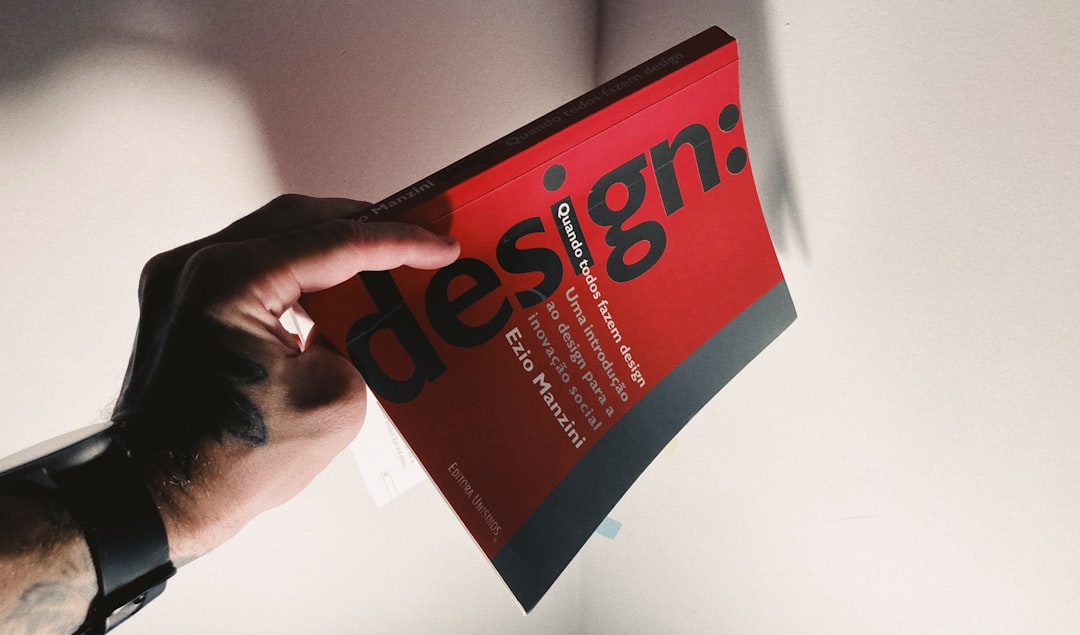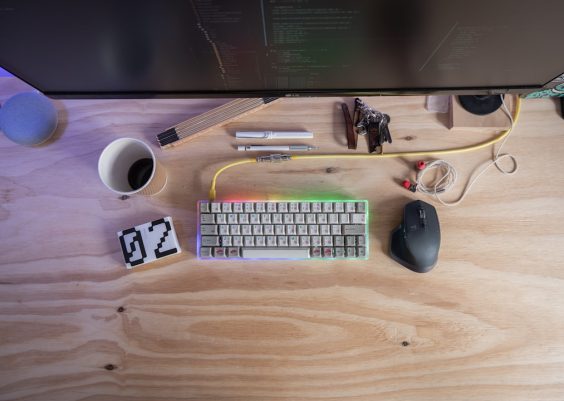In the fast-evolving world of branding and design, artificial intelligence has made impressive strides. AI-generated logos have become a go-to solution for businesses in need of quick, cost-effective visual identities. However, as companies increasingly lean on AI tools to craft their logos, a recurring issue has emerged: a misalignment between the AI-generated designs and the core brand concept. Often, the artificial intelligence has trouble truly grasping the nuanced vision behind a brand, leading to symbols, typography, or motifs that miss the mark. This has led to a growing need for human intervention through prompt refinement and manual design adjustments.
Contents
TLDR:
AI-generated logos can be efficient, but they’re often conceptually misaligned with a brand’s vision. This article explores the pitfalls of such misalignment and outlines the combined approach of refining AI prompts and manual design tweaks that lead to more authentic results. Case studies reveal how human insight remains essential in achieving brand-true designs from AI tools. Corrective strategies and best practices are provided for designers working with AI systems.
The Allure and Limitations of AI Logo Generation
AI-driven logo creation tools promise unprecedented speed and convenience. Platforms like Looka, LogoMakr, and Adobe Firefly enable entrepreneurs and marketers to generate logos in minutes, based on brief text prompts or preselected parameters. The appeal is obvious: logos at a fraction of the time and cost of traditional design routes.
Yet, beneath the surface, many of these logos suffer from aesthetic or conceptual flaws. They often:
- Rely on clichés or overly generic designs (e.g., globes, lightbulbs, handshake icons)
- Ignore brand nuances, company culture, or industry context
- Feature mismatched typefaces and unbalanced color combinations
Why does this happen? AI models, regardless of how advanced, interpret brand prompts in a literal, surface-level way. A prompt like “eco-friendly coffee brand” might return a logo with a leaf inside a coffee mug, which technically ticks the boxes, but lacks originality or emotional connection. AI also lacks the brand strategist’s instinct — that gut sense of storytelling, authenticity, and narrative cohesion.
Case Study: Fixing the Disconnect with Prompt Refinement
Consider the example of a startup named RootFlow, aiming to promote sustainability in agricultural technology. Their team initially used AI to generate a logo using the following prompt:
“Create a modern logo for a sustainable agri-tech company involving roots, innovation, and the environment. Emphasis on green themes.”
The result was predictable: a simplified root shape encased within a green droplet, paired with a tech-inspired sans-serif font. While visually acceptable, it neither communicated innovation nor differentiated the brand from a hundred similar green-tech logos.
The design team took a few key steps to refine the prompt and achieve better results:
- Added emotional storytelling: Modified the prompt to include wording like “evoke trust in resilient, clean innovations that connect ancient farming roots with futuristic AI.”
- Specified color and geometry preferences: Requested a minimalist flat-design logo using earth tones with subtle symmetry to convey balance and evolution.
- Clarified symbolic metaphors: Asked for symbolic patterns resembling neural networks intertwined with natural roots.
With these refined paths, the AI began generating iterations closer to the brand’s internal vision — logos with dual-root forms that subtly resembled neural synapses, framed in hexagonal patterns suggestive of engineered strength.

When Manual Intervention Becomes Essential
Even the most refined AI prompt can’t fully replicate the intuition of a skilled designer. Once RootFlow had the AI outputs that felt directionally correct, a professional designer stepped in to:
- Adjust typeface proportions for better legibility
- Tweak color gradients to increase accessibility contrast
- Align logo geometry with the golden ratio to reinforce visual harmony
This hybrid process — combining AI’s brute iteration power with a human’s scrutiny and finesse — led to a final brand logo that was not only unique but deeply resonant with the company’s mission.
Understanding Prompt Refinement as a Strategic Tool
Prompt refinement is more than trial and error; it is a strategic skill. Successful prompt writing requires empathy, brand understanding, and visual intelligence. To improve AI outcomes:
- Use brand adjectives thoughtfully: Words like “bold,” “legacy-driven,” or “whimsical” influence design tone significantly.
- Reference known design movements: Mention “Bauhaus-influenced geometry” or “Art Deco symmetry” to guide aesthetic direction.
- List visual analogies: Suggest metaphors or hybrid symbols, such as “an infinity sign styled from intertwining trees.”
- Define use-case constraints: Say where the logo will appear most (e.g., web, apparel, signage) to inform aspect ratio and scalability.
The clearer the prompt, the closer the AI can get to the desired vision — but it’s important to frame prompts not just as technical directions, but as miniature brand briefs.
Common Problems in AI-Generated Logos and How to Fix Them
Understanding the typical breakdown points in AI logo design helps inform better corrective strategies:
| Common Issue | Root Cause | Fix Strategy |
|---|---|---|
| Generic symbols | Overused visual motifs in AI training data | Include unique cultural, regional, or brand-specific imagery in prompt |
| Inconsistent color usage | AI picks random palettes unless color rules are specified | Set brand color guidelines directly in the prompt; manually color correct |
| Typography issues | Limited understanding of context-specific typefaces | List acceptable font categories and test legibility manually |
Collaboration: AI as Assistant, Not Replacement
Design studios increasingly use AI as a coworker, not a replacement. AI is particularly effective in ideation phases — it can generate dozens of possibilities in seconds, making it powerful for creative sprints. But it must be seen as a rough-draft generator. The polish and brand calibration still lie within the domain of human creativity and design judgment.
A professional designer’s role shifts from being a maker to being a navigator and refiner — one who directs output, sharpens potential, and decides what’s ultimately brand-appropriate.
Final Visual Tweaks With Big Impacts
After AI and refined prompts lay the groundwork, manual refinements cement brand identity. Key tasks might include:
- Optical corrections: Adjusting small imbalances AI misses (like slight misalignments that throw off harmony)
- Testing in real context: Placing the logo in mockups (web, mobile, business cards) to evaluate effectiveness
- Feedback loops: Conducting A/B testing or stakeholder reviews to determine concept resonance

Conclusion: The Balanced Future of Logo Design
AI logo generators have transformed the branding process by reducing initial barriers. However, their function remains that of a collaborator, not a visionary. Designers, brand strategists, and marketers must combine the raw generative power of AI with thoughtful refinement and creative direction to ensure logos serve as genuine expressions of brand identity. When AI’s output is guided by refined prompts and finalized through expert eyes, the resulting logo can embody both innovation and authenticity.
In this emerging hybrid model, where machines generate and humans iterate, the best of both worlds come together — efficiency and creativity, precision and purpose. The future of branding isn’t automated; it’s augmented.




